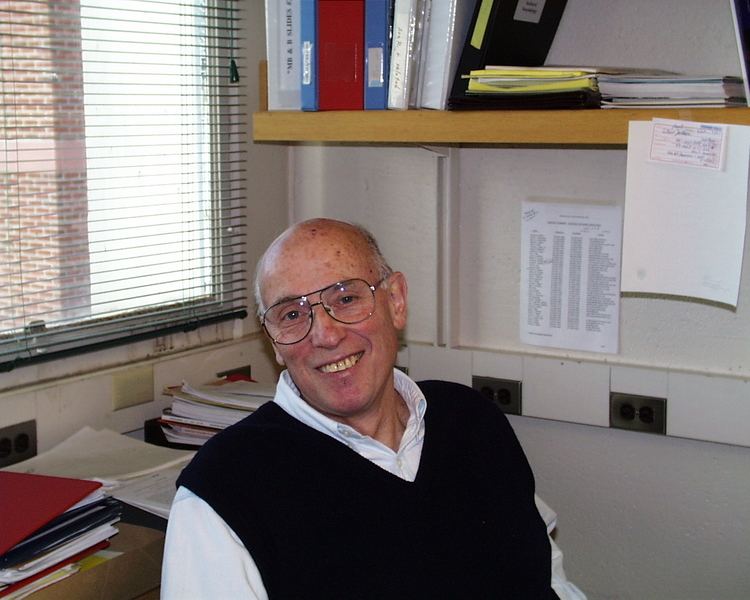Cause of death arrhythmia | Nationality United States Parents George Sigler | |
 | ||
Born February 19, 1934 ( 1934-02-19 ) Richmond, VA Burial place Coop Prairie Cemetery, Mansfield, Arkansas Spouse(s) Althea Jo Martin Sigler Education University of Cambridge (1964–1967) Awards Guggenheim Fellowship for Natural Sciences, US & Canada Residence New Haven, Connecticut, United States, Chicago, Illinois, United States, Washington, D.C., United States, Cambridge, United Kingdom, New York City, New York, United States, Princeton, New Jersey, United States, Buffalo, New York, United States, Richmond, Virginia, United States Known for Phospholipase A2, Tryptophan repressor | ||
Paul B. Sigler ((1934-02-19)February 19, 1934 – January 11, 2000(2000-01-11)) was the Henry Ford II Professor of Molecular Biophysics and Biochemistry at Yale University. Major awards included membership in the National Academy of Sciences, HHMI Investigator status, and Guggenheim and Helen Hay Whitney Fellowships. He is noted for pioneering studies of Phospholipase A2 and trp repressor amongst many others.
Contents
Biography
Prior to coming to Yale, he was a professor at the University of Chicago. He received his MD from Columbia University in 1959 and his undergraduate degree from Princeton University in 1955. After briefly practicing medicine and working as a researcher for the NIH, he would go on to earn a second doctorate, a PhD, from Cambridge University at the Laboratory of Molecular Biology working under David M. Blow before moving to the University of Chicago.
Memorials
A memorial plaque is located in front of the Bass Center for Structural Bilogy on Science Hill on the campus of Yale University. Yale has a Paul Sigler Memorial Prize for undergraduate research in Molecular Biophysics & Biochemistry. Yale also has sponsored Paul Sigler memorial symposia in the past. The Agouron Institute sponsored 12 Paul Sigler fellowships between 2000 and 2006. He is buried at Coop Prairie Cemetery in Mansfield, Arkansas.
